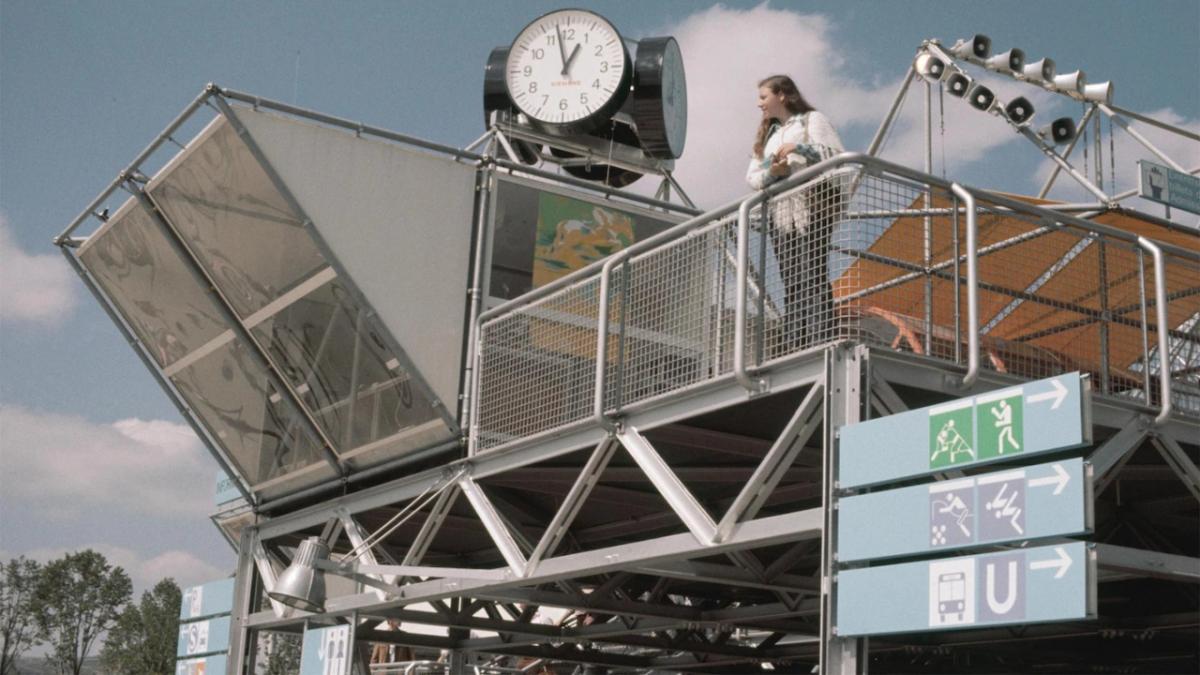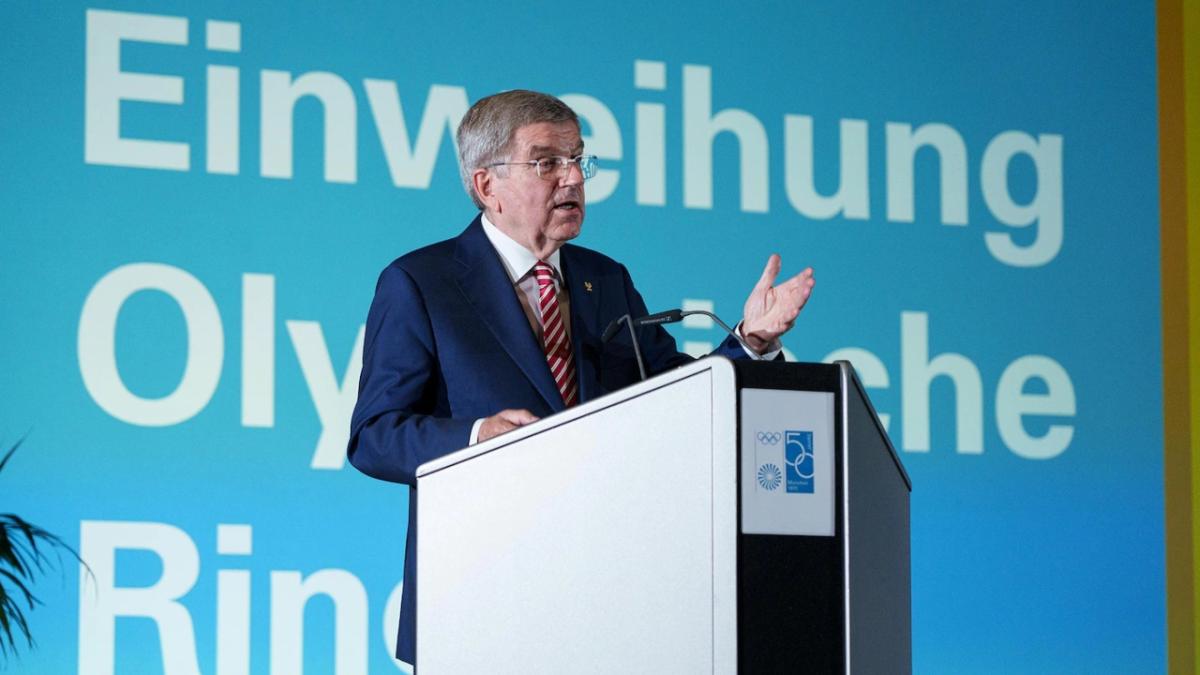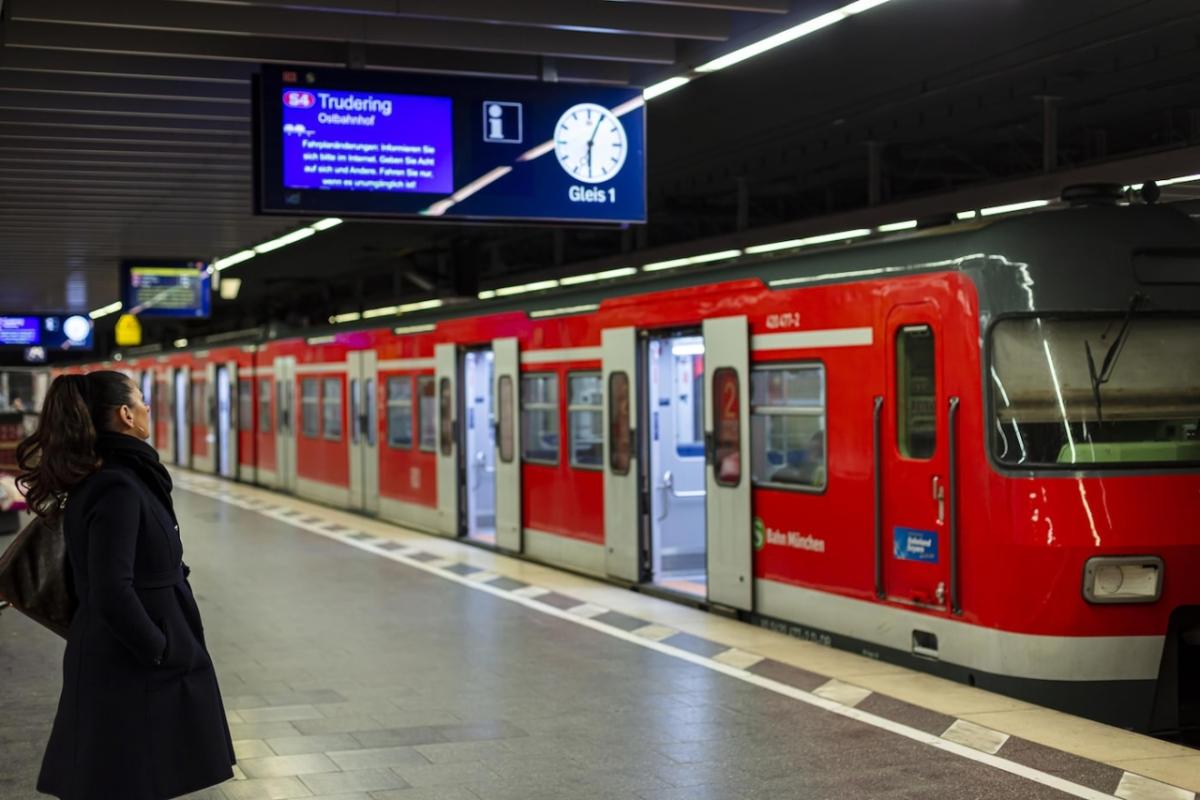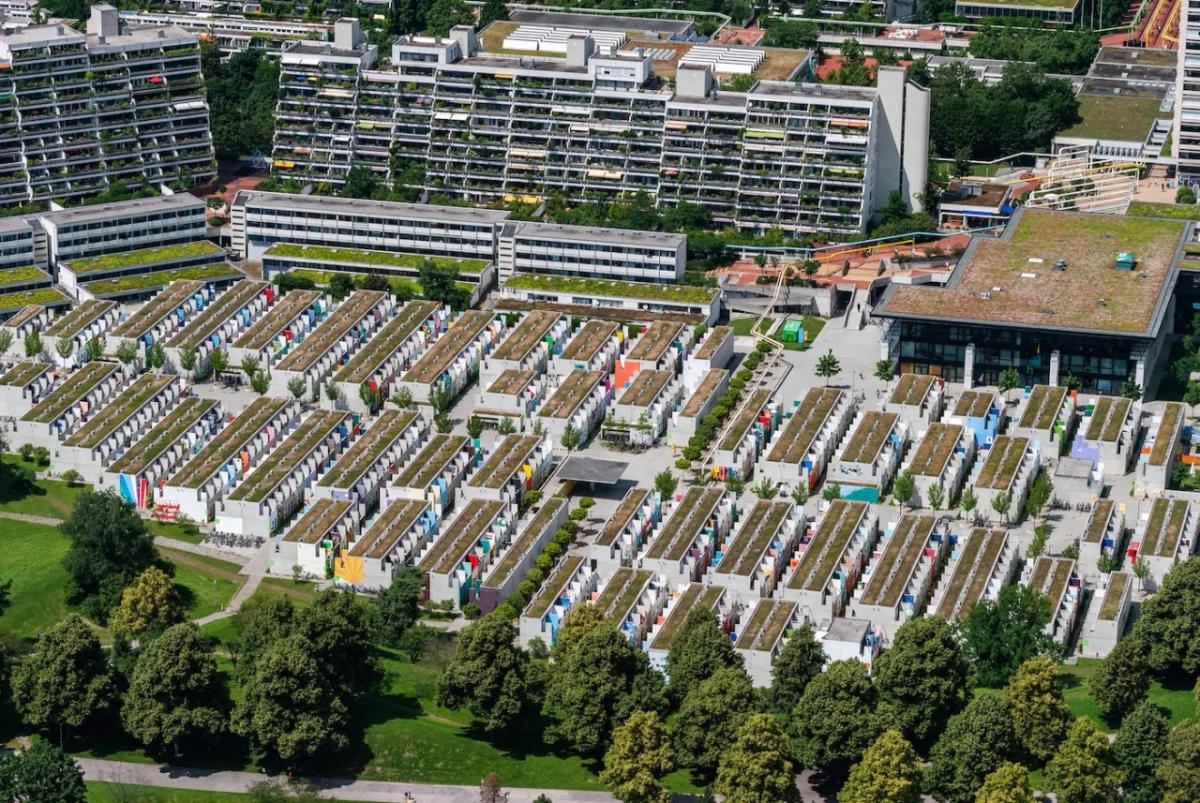Munich 1972: Era-Defining Games of Joy and Tragedy
International Olympic Committee news
Fifty years ago, an air of vibrant optimism surrounded the Olympic Games Munich 1972. The athletes delivered mesmerising performances, and the event continues to benefit the local community to this day. However, the Games were overshadowed by a tragedy – a terrorist attack on the Israeli team that shocked the entire world.
The Games brought together 7,134 athletes from 121 countries to compete in 195 events – a record at the time. Notable performances included those by US swimmer Mark Spitz, the first athlete to win seven gold medals in one edition of the Games, and Soviet gymnast Olga Korbut, who captivated crowds with unique routines that had never been seen before.
Munich 1972 also showcased a confident and capable host recovering from the trauma of the Second World War, enchanting visitors with a new spirit of openness, joy and modernity.
The world watched, admiring the Munich Olympic Park’s stunning architecture – not least the iconic venues’ tented roof structure, echoing the Bavarian Alps beyond. Its pedestrianised Olympic Village was a revelation in urban planning, placing people and streets above motor traffic and parking located underground, in an age when cities were configured around the car.
“The Olympic Games in Munich in 1972 stand for the new Germany of the post-war period,” said IOC President Thomas Bach at a recent event celebrating the 50th anniversary of the Games. “The architecture and conception of these Games reflected the spirit of openness, frankness and joie de vivre down to the smallest detail. With a unique design of the Olympic Park and the stadium, architect Günter Behnisch captured exactly this zeitgeist. He deliberately avoided borders and barriers of any kind in order to focus on the unifying power of the Olympic Games.”
Even the pictogram signage system – designed for the Games by a team led by Otl Aicher – was ground-breaking, yet entirely in keeping with the Olympic ideal of understanding that transcends languages and borders.
“Understanding across language and cultural borders – that is one of the characteristics of the Olympic Games,” said President Bach. “A congenial expression for this was found in 1972 in Otl Aicher's pictogram system, which he designed specifically for these Games. These pictograms are still ground-breaking today.”
An Olympic champion in fencing, President Bach recalled the Munich 1972 sporting triumphs of his countrymen and women – the winning long jump by Heide Ecker-Rosendahl; record-setting Ulrike Nasse-Meyfarth continually raising the high jump bar; and the “golden hour” in which Hildegard Falck, Klaus Wolfermann and Bernard Kannenberg won three track and field gold medals. The Munich public also celebrated the success of outstanding GDR athletes, he added, citing legendary swimmer Roland Matthes and the five medals won by Karin Büttner-Janz, “the most successful German athlete of these Games”.
September tragedy
Against this backdrop and the athletes’ sporting achievements in the Games’ first week, the 5 September terrorist attack came as a shock to the Olympic Movement and the entire world. Eleven Israeli athletes, coaches and a sports official and the German police officer who were assassinated are commemorated by the Park’s “Einschnitt” (incisions) memorial, and with a plaque outside the Village apartment where they were taken hostage.
Speaking at a ceremony celebrating the 50th anniversary of the Games on 1 July 2022, IOC President Thomas Bach recalled the tragic events of 1972:
“Even today, the brutal attack on the Israeli team fills us with horror and disgust, with shame and horror. For many of us, it's one of those moments in life where we know exactly where we were when the news broke. I myself followed the developments on television with incredulous horror. The terrible, inhumane images continue to have an effect on me to this day.
“The attack on the Israeli team was at the same time an attack on the entire Olympic community and their values. (…) Despite this cowardly attack, the Israeli NOC [National Olympic Committee] has never turned its back on the Olympic Games. Israeli athletes have continued to compete and embrace the unifying power of the Olympic Movement.”
Urban planning
The Games fulfilled the ambitions of planners as well as elite athletes. The city authorities already had ambitious urban improvement plans on the drawing board when the Bavarian capital was named host of the Games of the XX Olympiad in April 1966, accelerating investment and development in preparation for the Games.
Covered in rubble, the site of the former Oberwiesenfeld airport was transformed into Munich Olympic Park, with nine sports venues, an artificial lake, meadows and lawns, and its Village was landscaped to resemble Alpine foothills. The city’s road and public transport were upgraded with a new S-Bahn suburban rail system, the first two subway lines, and new expressways and ring roads. Other developments included underground car parks, schools, a shopping centre and housing, plus the restoration of Munich’s old town.
After the Games, Munich soon established itself as one of the world’s most desirable cities to live in and a magnet for business and investment.
Compelling legacy
Munich Olympic Park remains a compelling example of how to create an enduring legacy. The Olympic Village, which welcomed the world’s athletes at the time of the Games, is credited with inspiring sustainable aspects of London’s 2012 Games, including the priority given to green spaces, playgrounds and access to public transport.
Today, it is home to some 10,000 residents, being well suited for young families with its quiet terraces, green spaces and easy access to shops and local amenities. The apartments and bungalows of the former Women’s Village have proved just as attractive to students. The “Olypark”, as it is known by its young residents, also has a strong sense of community and an active residents’ association, set up shortly after the Games.
With the unique concentration of different event and leisure venues, as well as corresponding offers, the Munich Olympic Park has developed into one of the most important centres of its kind. Around 14,800 events have been staged in the Park since 1972. Around 221.5 million registered people have attended sporting, cultural and commercial events, and made use of the Olympic Park's leisure and tourism facilities. Beyond its international reputation as an event and leisure centre, the Olympic Park also represents an important source of economic potential for the Bavarian capital.
Germany has also enjoyed a significant legacy in sporting performance and science over the decades. The founding of the Stiftung Deutsche Sporthilfe (German Sports Aid Foundation) predated the Games in 1967, and this was followed three years later by the creation of the Bundesinstitut für Sportwissenschaft (Federal Institute for Sports Science).
These have had a lasting impact, helping to sustain Germany’s position as a leading sporting nation. Munich 1972 saw the introduction of a standardised doping control protocol, with drug testing in all sports disciplines.
The golden jubilee evokes many memories in Germany and worldwide. It is fitting that the centrepiece of the year-long celebrations was Munich Olympic Park’s biggest multi-sports event since 1972, with some 4,700 athletes from 36 nations competing in the European Championships Munich 2022 between 11 and 21 August, in nine Olympic sports and disciplines: athletics, beach volleyball, canoe sprint, cycling, gymnastics, rowing, sport climbing, table tennis and triathlon.







